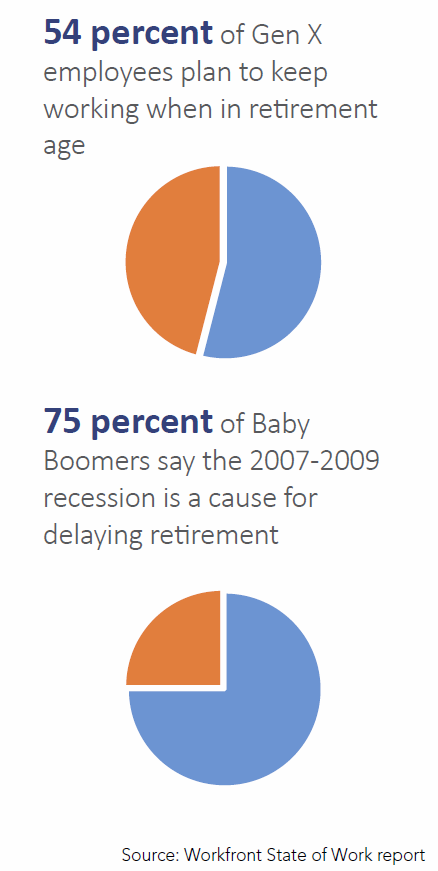Three Ways to Enhance Compensation Strategy for an Age-diverse Workforce

Identify cohort characteristics
The first step for many organizations in reviewing their compensation strategy for a multigenerational staff is to actually identify who is working in the office. Is it a hot new fintech startup with a skeleton crew of new college graduates and a few older visionaries? Or is it a massive financial institution with hundreds of employees across dozens of physical locations?
How likely is this to change in the near term? A company that employs mainly millennials may not be looking into wellness programs for older employees or vice versa. Credit unions will likely employ a range of workers across the age spectrum, so it will be necessary to plan for a diverse workforce.
Traditional salary surveys are still important
Salary surveys can play a pivotal role in your compensation policy plans, helping you to determine the market value of a position that is fair and equitable. Knowledgeable employees are also likely to do market research on their own, and salary surveys help keep your compensation policies competitive.

Market data is one of the best metrics to establish a position’s external worth, allowing the job to be assigned into a salary range for easy administration. The alternative would be to annually market price each individual position, which can be a labor intensive process. Additionally, this process may not be as consistent or credible if the market sources come from a variety of informants, some of which may not have the number of participants to provide reliable data.
Communication
Numerous surveys have shown that proper communication regarding compensation policies
can ward off frustration and resentment. Employees are much more understanding if they know why they are getting paid what they are. According to PayScale, 82% of employees would feel satisfied with below-market pay as long as the reasons were well-communicated.
Poor communication on the other hand, will lead to employees feeling under-appreciated and underpaid. Nobody likes to be kept in the dark, especially on something as important as compensation, so make it clear how decisions are made, how bonuses and merit raises are awarded, and the potential for pay growth. Make sure employees know there can be a candid dialogue regarding their pay.
« Return to "CUSG Blog Corner"
- Share on Facebook: Three Ways to Enhance Compensation Strategy for an Age-diverse Workforce
- Share on Twitter: Three Ways to Enhance Compensation Strategy for an Age-diverse Workforce
- Share on LinkedIn: Three Ways to Enhance Compensation Strategy for an Age-diverse Workforce
- Share on Pinterest: Three Ways to Enhance Compensation Strategy for an Age-diverse Workforce